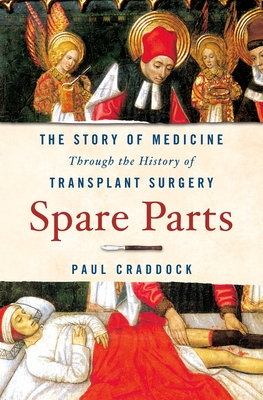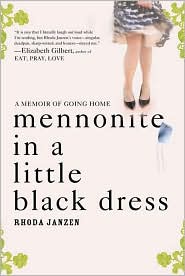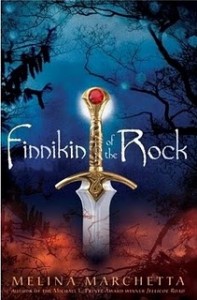This review contains affiliate links, which earn me a small commission when you click and purchase, at no extra cost to you. Thank you for supporting my small business and allowing me to continue providing you a reliable resource for clean book ratings.
While organ transplants have been a common medical procedure for the past few decades, the road leading up to the successes we now know was a longer and more interesting one than many of us likely are aware of. Paul Craddock explores a history of more recent developments that led to the implantation of hearts and kidneys today. But he also shares a lengthier history of attempts made to switch around people’s (and animals’) parts going back to the 16th century.
The book starts with skin. I was surprised to learn about how much medical practitioners (a loose term) were able to move skin from one area of a body to another. Craddock shares lots of examples of people in various parts of the world creating new noses for those who had lost them. While they weren’t as complete as modern medicine can craft them, both the process and the results were pretty impressive for the times.
Next, the book spends a good chunk of time on blood transfusions, as people experimented freely with moving blood between animals and then from animals to humans. I had already read a whole book about the history of blood transfusions (Blood Work, by Holly Tucker). On top of that, having two out of six chapters in this book focused on blood seemed a bit disproportionate. I would have preferred less of an emphasis on that and more on organs.
Teeth take up a whole chapter. Craddock talks about the earliest surgeons who removed people’s rotten teeth and replaced them with teeth from animals and from other humans. Generally the poorest people ended up with emptier mouths because they could sell (or were forced to sell) their teeth to benefit the rich.
There were some fun and odd anecdotes in this nonfiction science book about what people tried to do in these chapters, but I was more interested in reading the last two chapters. Those bring us into the 20th century, with the brief history of kidney and heart transplantation.
Spare Parts is overall engaging reading but not quite the mix I was hoping for, though most readers probably wouldn’t quibble with it.
Rated: Moderate. There are a handful of uses of moderate language and one or two instances of the name of Deity in vain. The book is about medicine throughout the centuries and explores ways people have been trying to do research with bodies, so there are regular segments with detailed descriptions of bodies (human and animal) being cut and parts removed, rearranged, etc. It’s sometimes pretty gory.
*I received an ARC of this book in exchange for my honest review.




